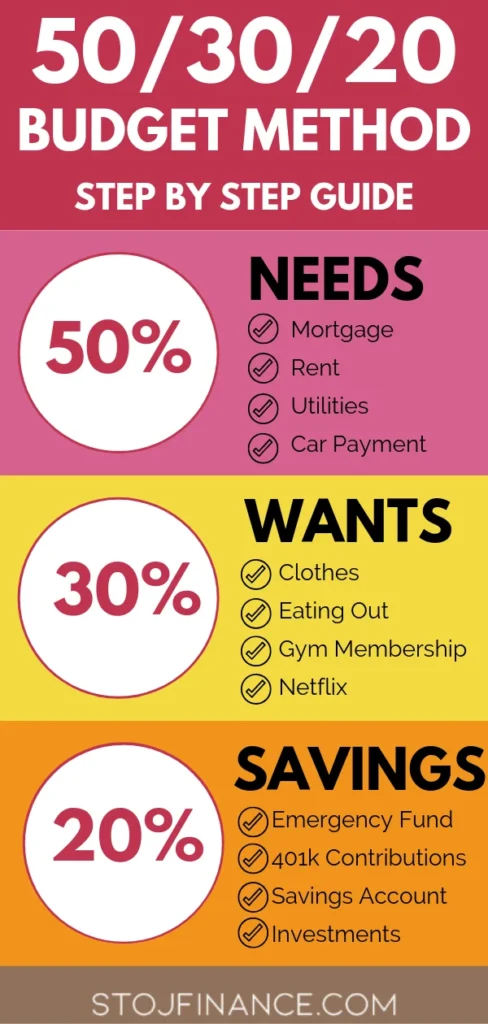Inflation is a pressing issue that affects economies worldwide, and understanding its global impact is crucial for consumers. As prices rise and purchasing power fluctuates, individuals are left wondering how these changes will influence their daily lives. In this article, we will delve into the intricacies of inflation, exploring its causes, effects, and the broader implications for consumers across the globe. By examining key trends and economic indicators, we aim to provide a comprehensive overview of what inflation means for you.
Throughout this article, readers will gain insights into the various factors driving inflation, including supply chain disruptions, monetary policy shifts, and geopolitical tensions. We will also discuss how these elements contribute to rising costs in essential goods and services, impacting household budgets and spending habits. Furthermore, we will highlight strategies that consumers can adopt to navigate this challenging economic landscape, ensuring they remain informed and proactive in their financial decisions.
As we unpack the complexities of inflation and its global ramifications, we encourage you to stay engaged and informed. Understanding the nuances of this economic phenomenon will empower you to make better choices for your financial future. So, join us as we explore the pressing question: What can consumers expect in the face of rising inflation? Read on to discover valuable insights and practical advice that can help you adapt to these changing times.
Inflation is a critical economic phenomenon that affects consumers worldwide. Understanding its implications can help individuals navigate their financial decisions more effectively. This article explores various aspects of inflation and its global impact on consumers.
Understanding Inflation: Causes and Types
Inflation refers to the general increase in prices and the fall in the purchasing value of money. It can be caused by various factors, including demand-pull inflation, where demand exceeds supply, and cost-push inflation, where production costs rise. Additionally, built-in inflation occurs when businesses and workers expect prices to rise, leading to wage increases that further drive up costs.
Different types of inflation can have varying impacts on consumers. For instance, hyperinflation can lead to severe economic instability, while moderate inflation may be a sign of a growing economy. Understanding these nuances is essential for consumers to anticipate changes in their purchasing power.
The Global Economic Landscape and Inflation
Inflation does not occur in isolation; it is influenced by global economic conditions. Factors such as international trade, currency fluctuations, and geopolitical events can significantly impact inflation rates in different countries. For example, a rise in oil prices can lead to increased transportation costs, affecting the prices of goods worldwide.
Consumers should be aware of how global events, such as pandemics or conflicts, can disrupt supply chains and contribute to inflationary pressures. Staying informed about these developments can help consumers make better financial decisions in uncertain times.
Inflation’s Impact on Consumer Purchasing Power
As inflation rises, the purchasing power of consumers typically declines. This means that the same amount of money buys fewer goods and services than before. For example, if inflation is at 3% and wages do not increase correspondingly, consumers effectively lose money in real terms.
To mitigate the effects of inflation, consumers may need to adjust their spending habits, prioritize essential purchases, and seek out discounts or alternatives. Understanding how inflation affects personal finances is crucial for maintaining a stable budget.
Interest Rates and Inflation: A Delicate Balance
Central banks often respond to rising inflation by increasing interest rates. Higher interest rates can lead to increased borrowing costs for consumers, affecting loans, mortgages, and credit card debt. This relationship between interest rates and inflation is vital for consumers to understand, as it can influence their financial planning.
Consumers should be proactive in managing their debts and consider locking in fixed-rate loans before interest rates rise further. Additionally, understanding the timing of interest rate changes can help consumers make informed decisions about major purchases.
Inflation and Investment Strategies
Inflation can erode the value of savings, making it essential for consumers to consider investment strategies that can outpace inflation. Assets such as stocks, real estate, and commodities often provide better returns than traditional savings accounts during inflationary periods.
Investors should diversify their portfolios and consider inflation-protected securities, such as Treasury Inflation-Protected Securities (TIPS), to safeguard their investments. By understanding the relationship between inflation and investment, consumers can better protect their financial future.
The Role of Government Policies in Inflation Control
Governments play a crucial role in managing inflation through fiscal and monetary policies. Central banks may implement measures such as adjusting interest rates or engaging in quantitative easing to control inflation levels. Consumers should be aware of how these policies can impact their daily lives.
For instance, government stimulus packages during economic downturns can lead to increased spending and, subsequently, inflation. Understanding these policies can help consumers anticipate changes in the economic environment and adjust their financial strategies accordingly.
Inflation’s Effect on Different Demographics
Inflation does not affect all consumers equally. Different demographics, such as low-income households, retirees, and young professionals, may experience varying impacts based on their spending habits and income sources. For example, low-income families may feel the pinch of rising food and energy prices more acutely than higher-income households.
Understanding these disparities can help consumers advocate for policies that protect vulnerable populations and promote economic stability. Additionally, recognizing personal financial situations can guide individuals in making informed decisions during inflationary periods.
Preparing for Future Inflation: Tips for Consumers
To navigate the challenges posed by inflation, consumers can adopt several strategies. Creating a budget that accounts for rising prices, building an emergency fund, and investing in inflation-resistant assets are all effective measures. Additionally, consumers should stay informed about economic trends and adjust their financial plans accordingly.
By proactively preparing for inflation, consumers can mitigate its impact on their finances and maintain their purchasing power. Education and awareness are key components in successfully managing personal finances in an inflationary environment.
| Aspect | Description |
|---|---|
| Definition of Inflation | Inflation is the rate at which the general level of prices for goods and services rises, eroding purchasing power. |
| Causes of Inflation | Inflation can be caused by demand-pull factors (increased demand) or cost-push factors (increased production costs). |
| Global Impact | Inflation affects economies worldwide, leading to increased costs of living, changes in consumer behavior, and potential economic instability. |
| Consumer Expectations | Consumers can expect higher prices for everyday goods, potential wage increases, and shifts in spending habits as they adapt to inflation. |
| Investment Strategies | During inflationary periods, consumers may consider investing in assets that typically retain value, such as real estate or commodities. |
| Government Response | Governments may implement monetary policies, such as raising interest rates, to control inflation and stabilize the economy. |
| Long-term Effects | Persistent inflation can lead to economic uncertainty, reduced consumer confidence, and potential recession if not managed effectively. |




